Currency faces pressure amid Fed rate hikes, slowing economic rebound
Chinese authorities are closely watching renminbi exchange rate movement and would take further action to defend the currency if it depreciates too rapidly amid the seemingly unfinished U.S. rate hike cycle, experts said on Thursday.
"From a policy perspective, it is very important that the speed of depreciation of the renminbi does not accelerate too rapidly because that can then influence expectations of renminbi depreciation and then it can feed on itself," said Rob Subbaraman, head of global macro research at Nomura, a Japanese financial services group.
Chinese authorities may therefore need to "throw some sand in the wheels" to ensure that renminbi depreciation does not become a one-way bet, Subbaraman said, adding that several tools could be used, including the foreign exchange deposit reserve requirement ratio.
Amid a China-U.S. monetary policy divergence and slowing momentum of China's economic recovery, the onshore renminbi has depreciated by more than 5 percent against the dollar since mid-April.
After hitting an eight-month low of 7.2730 last Friday, the Chinese currency gained a firmer footing at 7.2465 per dollar as of 4:30 pm on Thursday.
The renminbi, also known as the yuan, may continue to feel some pressure from the U.S. dollar in the short term, experts said, as the People's Bank of China, the country's central bank, is set to maintain an accommodative monetary policy while the Fed will likely resume interest rate hikes. This divergence may widen U.S.-China interest rate differentials and intensify capital outflow pressure on China.
Minutes from the June meeting of the Fed's Federal Open Market Committee, released on Wednesday, said that "almost all" meeting participants believe additional interest rate hikes would be appropriate, though the Fed skipped a rate hike in June to "assess additional information".
Following the release, traders bet that there are 88.7 percent odds that the Fed will raise the target range for the federal funds rate by 25 basis points to 5.25-5.5 percent later this month, according to the CME FedWatch Tool.
David Chao, Invesco's global market strategist for the Asia-Pacific, excluding Japan, said there are clear signs that Chinese policymakers are "keeping a close eye" on the renminbi exchange rate, considering the recent higher-than-expected central parity rates.
The central parity rate of the renminbi — a fixed midpoint around which a 2 percent daily floating range is allowed — was set at 7.2098 per dollar on Thursday, stronger than Wednesday's closing price of 7.2444 at 4:30 pm.
The PBOC vowed on Friday that it will "firmly fend off the risk of drastic ups and downs in exchange rates", followed by news reports on Sunday that major commercial banks had reduced the interest rates of dollar-denominated deposits, a move experts said will help alleviate renminbi depreciation pressure.
Further defensive actions that may be taken soon include cutting foreign exchange deposit RRRs to boost foreign exchange liquidity and imposing a reserve requirement for foreign exchange derivative sales, said Louise Loo, lead economist at Oxford Economics.
The short-term depreciation pressure, however, will not alter the basis for the renminbi to remain stable in the medium term, experts said, with ample policy room to solidify economic recovery as the key supporting factor.
According to Chao at Invesco, China has significant "dry powder" — or available policy tools in reserve — to stimulate demand as domestic inflation remains low.
Further stimulus measures may be announced shortly, which should be sufficient to revive market expectations and bring the economy back on a faster recovery track, he said.
Pointing to the resilience of China's foreign exchange market, the country maintained a net foreign exchange settlement surplus by banks last month, with the reading improving from May, Financial News reported on Thursday.









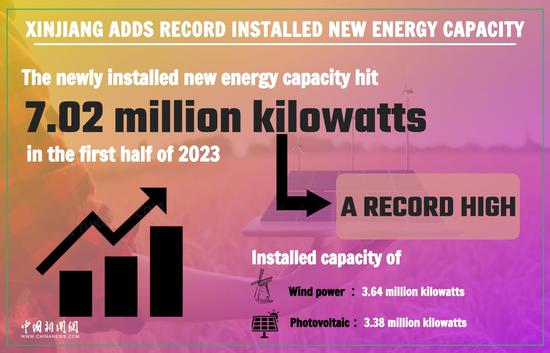
















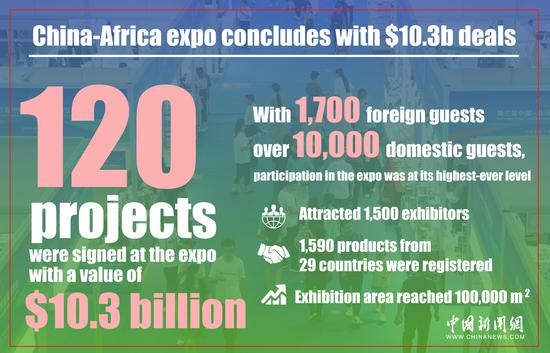


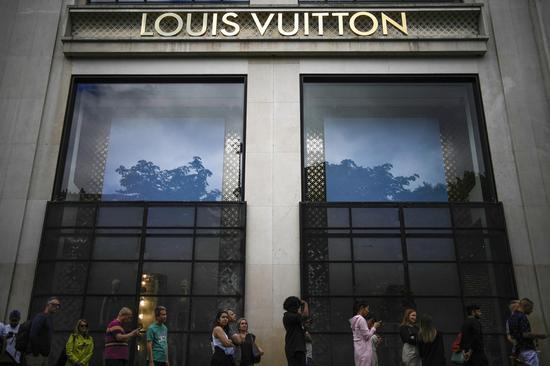







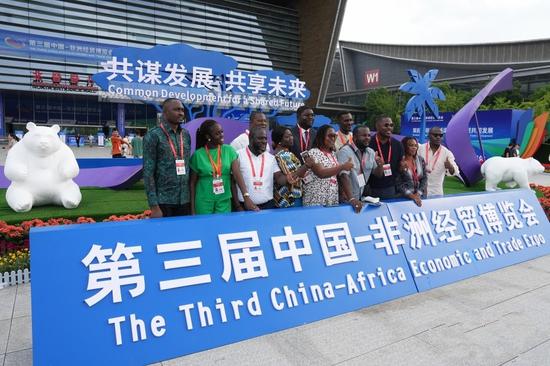








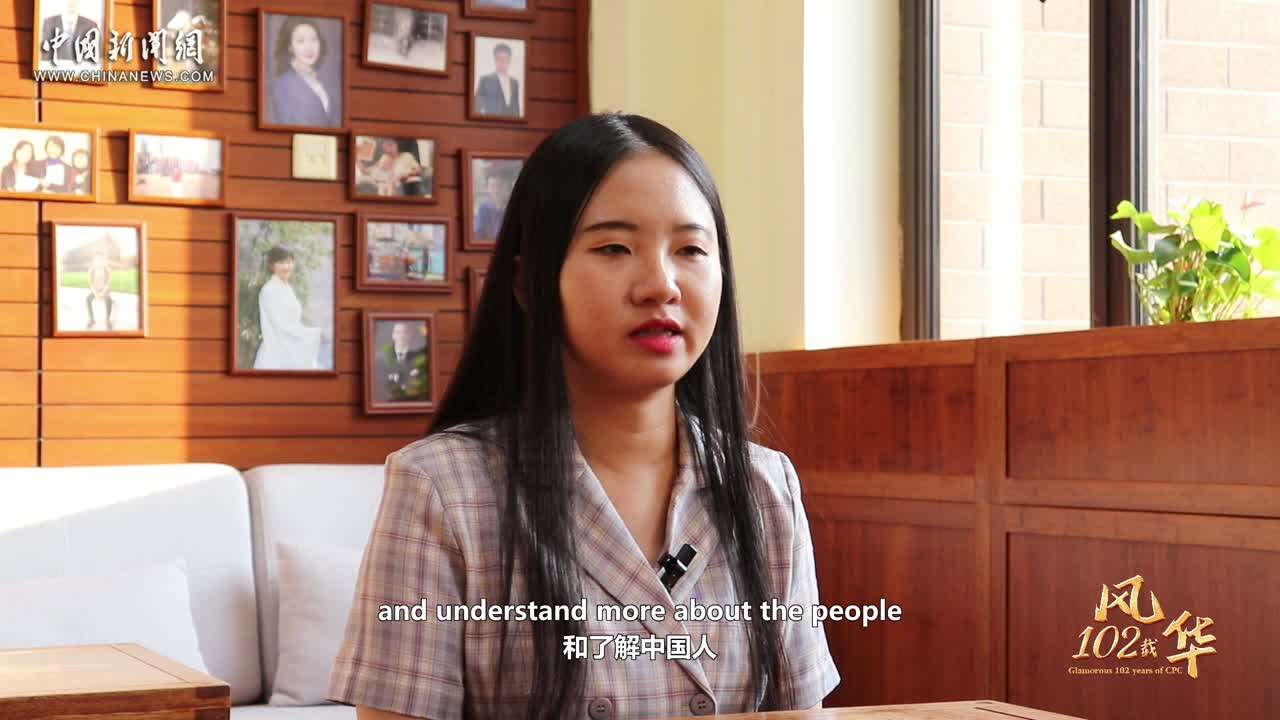

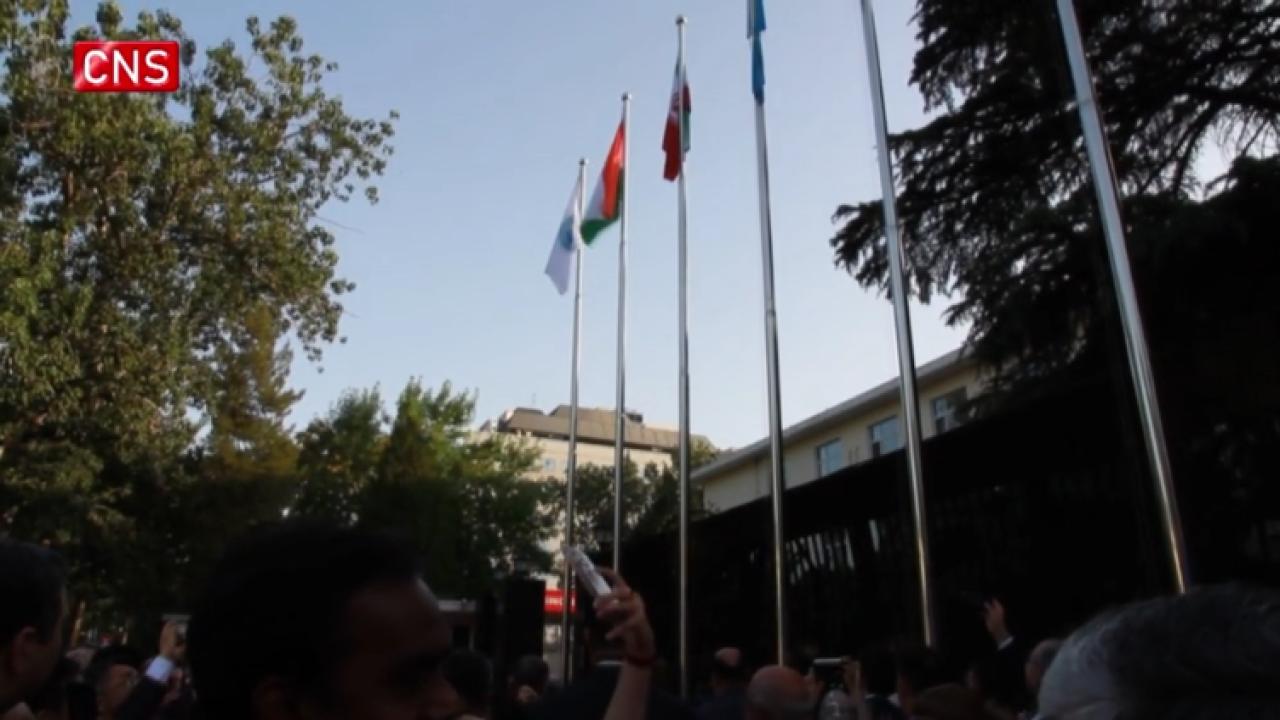

 京公网安备 11010202009201号
京公网安备 11010202009201号